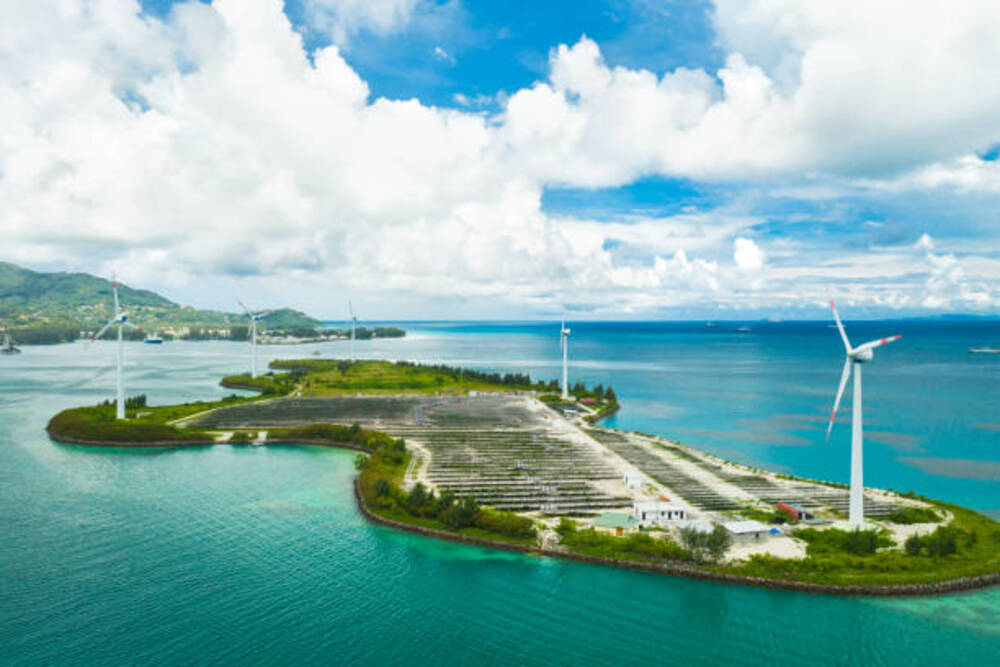There is a “best alternative until 2030” for the development of offshore wind in Romania and Bulgaria. According to research by the Bucharest-based think tank Energy Policy Group (EPG), it would be the creation of an artificial energy island in the Black Sea.
The “Offshore Wind – the Enabler of Romania’s Decarbonization” research suggested that the energy island would combine 3GW of offshore wind power from each of the two Eastern European nations.
The performances of the energy island
From the perspective of energy security and the predicted €8.4 billion ($9.1 billion) in associated expenses, an energy island alternative would be excellent.
In northern Europe, where Denmark and Belgium are vying to construct the first North Sea energy island this decade, the idea of creating artificial energy islands to group several offshore wind farms. The possibility of combining them with other energy features, like on-site green hydrogen production, only recently is in the phase of exploration.
Romania is considering the idea
The Romanian government, the country’s energy regulator (ANRE), the transmission system operator (Transelectrica), businesses, civil society, and the media were all invited to participate in the study that EPG had initiated a year earlier.
By the middle of the century, Romania would need to create 15 GW of Black Sea wind capacity, or more than 40% of its current electricity output, according to EPG.
The nation would need to work to pass an offshore law that establishes the legal framework for wind at sea, create a maritime space development plan that identifies the best locations for offshore wind, and finalize a partnership agreement with Bulgaria for regional cooperation in order to achieve economies of scale in order to install a first 3GW by 2030.
In order to draw in investors, the think tank advises using contracts for difference (CfDs) to finance offshore wind farms.
Other energy islands in Europe
Artificial energy islands are a concept that involves creating energy systems that are not physically located on an island but are isolated from the main grid and self-sufficient in terms of energy production and consumption. We can find these systems in various locations such as industrial sites, remote communities, and offshore platforms.
In Europe, artificial energy islands are being developed as a way to increase the use of renewable energy and reduce dependence on fossil fuels. The European Union has set a goal to have 32% of its energy consumption come from renewable sources by 2030 and using artificial energy islands is one of the ways to achieve this goal.
One example of an artificial energy island in Europe is the island of Eemshaven in the Netherlands. The island is home to several large industrial sites that consume a significant amount of energy. The island has a wind farm and a network of energy storage systems that provide power to the industrial sites. This project has helped to reduce the island’s dependence on fossil fuels and has also helped to stabilize the energy supply.
Artificial energy islands increase the use of renewables
Another example is the island of Hiddensee in Germany. It is a remote island located in the Baltic Sea. The island has a wind farm and a network of energy storage systems. They provide power to the island’s residents. The island also has a unique system that uses excess energy to produce hydrogen. They used hydrogen for transportation and other applications.
Artificial energy islands in Europe are being developed as a way to increase the use of renewable energy. They reduce dependence on fossil fuels. These projects are helping to pave the way for a more sustainable and resilient energy system. It is possible to replicate this system in other regions across the world. It also allows for more flexibility in terms of location. Also, there is a possibility of integration into existing infrastructures.

